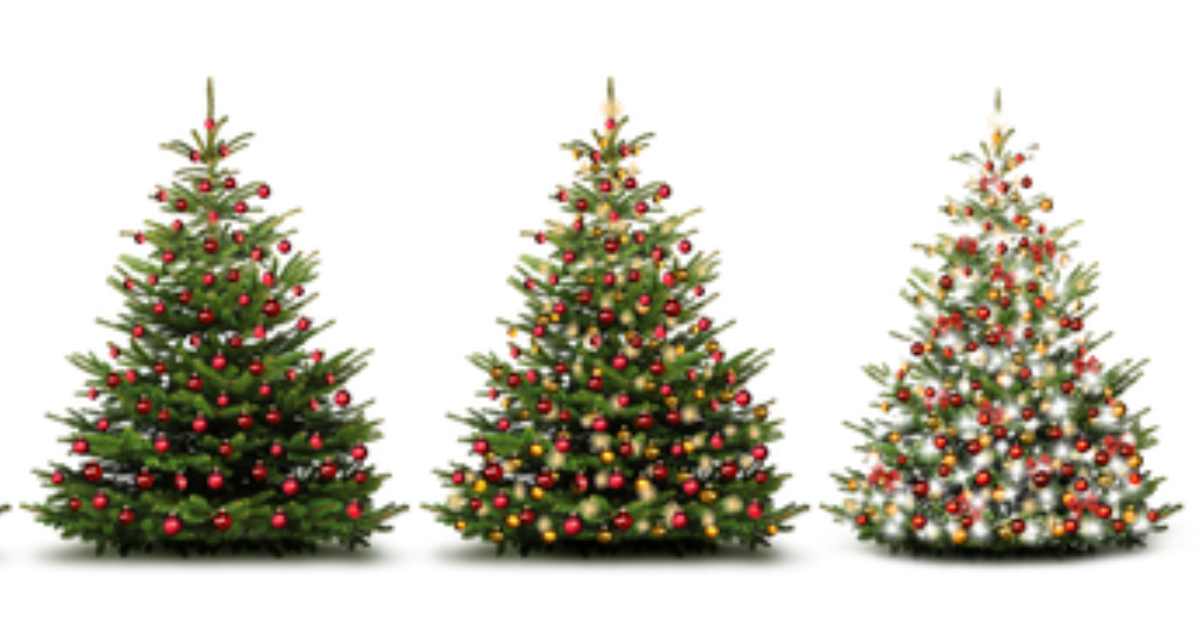
The tradition of decorating Christmas trees is widely believed to have originated in 16th century Germany, where Christians began to decorate their trees or pyramid-shaped stacks of wood during the festive season. The first person to bring a Christmas tree into a house may have been the 16th century Protestant reformer Martin Luther.
However, the use of greenery to celebrate the holidays predates the widespread use of the phrase “Christmas tree.” Rural English church records from the 15th and 16th centuries indicate that holly and ivy were bought in the winter, hence the British carol “The Holly and the Ivy.” Private houses and streets were also decorated with greenery at this time.
In the “Paradise Plays” that were performed to celebrate the feast day of Adam and Eve, which fell on Christmas Eve, a tree of knowledge was represented by an evergreen fir with apples tied to its branches. The oldest Christmas tree market is thought to have been located just over the southwestern German border in Strasbourg in Alsace (which was back then part of the Rhineland, now in present-day France), where unadorned Christmas trees were sold during the 17th century as Weihnachtsbaum, German for Christmas tree.









